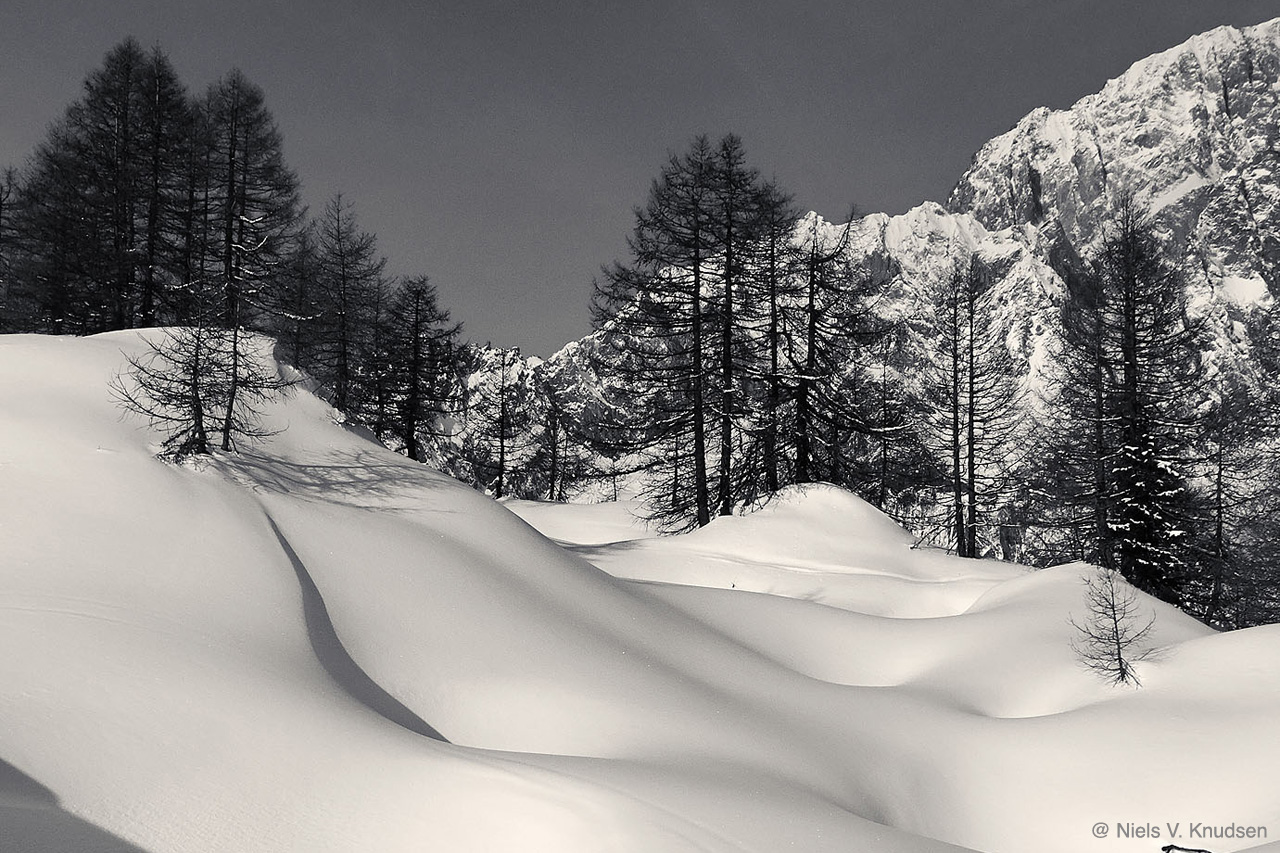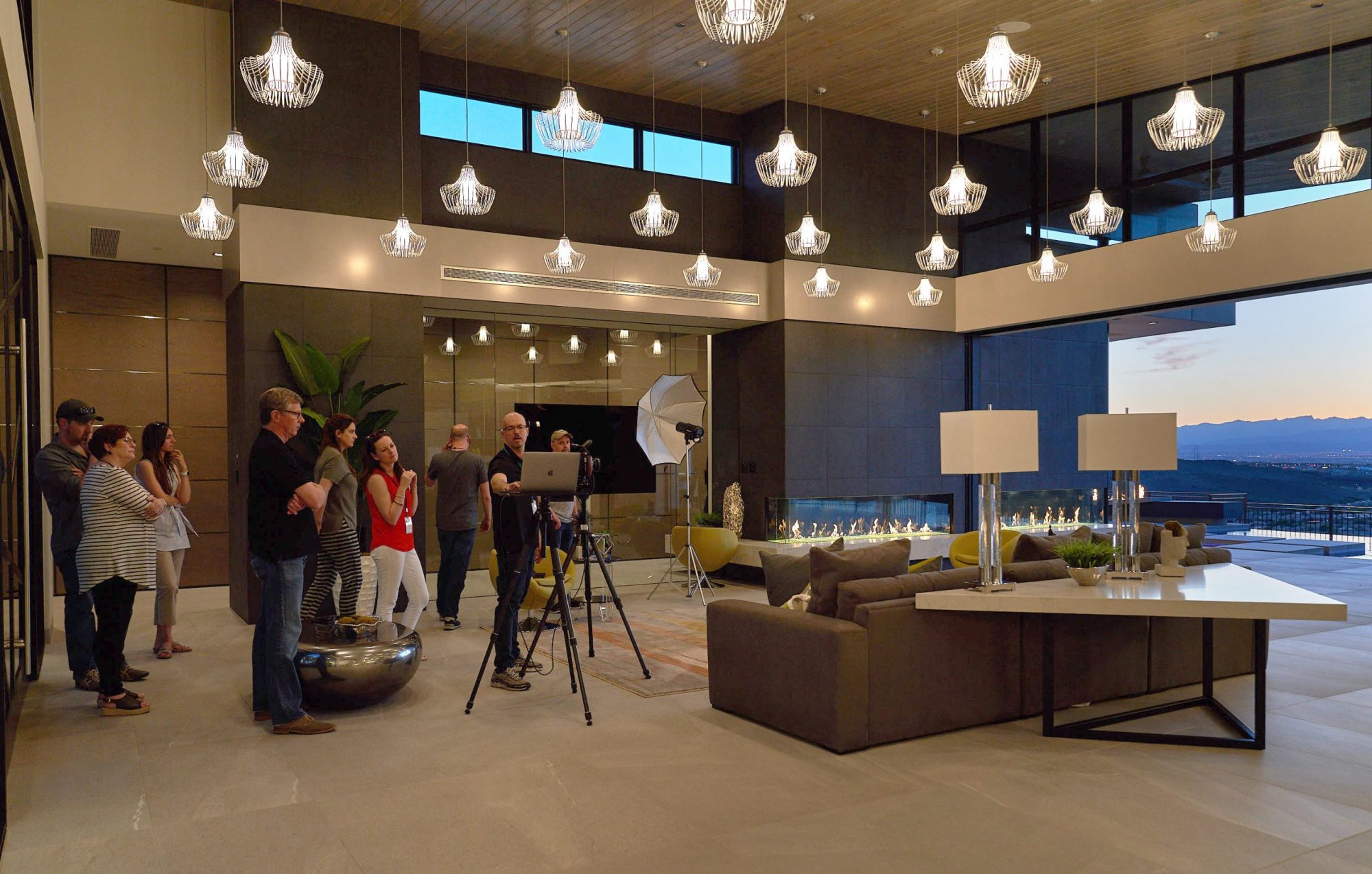

The tone curve isn’t really a contrast tool, but it has the effect of changing the contrast. This is a simpler method, and doesn’t really have any controls, but it will affect the contrast of the image. I will endeavour to do a deeper dive into the curves tool in the future.

There is a lot more about this tool and what it could do that you could fill a chapter of a book in it.
#CAPTURE ONE TUTORIALS HOW TO#
Note: this is in no way a comprehensive tutorial or description on how to use the curves tool. (And of course the individual Red, Green and Blue curves.) The main difference between the RGB and Luma curve is that if you adjust the RGB curve it will cause a shift in the saturation, where as adjusting the luma curve will not. (If you’re using the express version there is only one type of curve). There are two different types of curves in Capture One Pro. The bigger the s-curve you create the more contrast you add to the image. A basic s-curve looks something like this. This has the effect of increasing contrast in your photo. What you are doing in actuality is lowering the brightness in the darker parts of the image while raising it in the brighter parts. It is called this because you are basically making the shape of an S. FOr example you can skew it to the darker parts of your image, or skew the contrast so it’s more focused on the brighter parts.Īdding contrast with the curves tool is performed by creating what is known as an S-curve. By using curves, you can precicely control just what parts of the image you’re adding contrast to. This is actually the method that gives you the most control. The third method of adding contrast you your image is by using the curves tool. If you’re wondering what t he other points do, moving the top points (the input) will lower the contrast, and moving the middle point on the bottom will adjust the brightness of the image. You need to be careful with it as you can clip the blacks and whites in your image. While this method will add contrast to low contrast images, it’s best used as a method of adding contrast mostly to fix problems. This is sometimes referred to as “crushing”. If you continue to move the points, it will clip the image data past where you are moving the controls to. You will see this because the ends of the histogram will be flat lines at the bottom of the graph. You would usually do this to bring in the black and white points to where the image brightness information would start. If you have a low contrast image for example, you bring in the lower points (White to the left, and black to the right) and this will increase contrast. The opposite is true for the right most point, which is the white point. This causes all the brightness levels in the image to be stretched or compressed to this point. If you drag the left most point on the bottom to the right you will effectively “crush” the blacks, meaning you are changing the point at which your image is considered black. You drag the controls on the bottom to adjust the output. The top controls represent the input and the bottom represent the output. On the levels controls, there are 5 sets of controllable points.

Here’s a very quick primer on using the levels tool if you’ve never used it before. Don’t confuse this with the blacks and whites in the High Dynamic Range tool. This works best for low contrast images as it works by letting you set the black point and white points. You can also use the levels tool to increase contrast in an image, but this works quite a bit differently from a contrast slider. Technically this now defunct method was a linear contrast adjustment, and it’s kind of what you get when you use the levels tool (more on this in a second) Method 2: Levels Apple’s now defunct Aperture for example didn’t use an s-curve based contrast and would clip the black and whites when adding contrast. Early applications didn’t do this when adding contrast. If you watch the histogram as you increase and decrease contrast, you’ll notice that the very ends of the histogram seem anchored in place.

This probably won’t mean much to the average person, but what it basically means is that it adds contrast without significantly affecting the black and white points. Internally, the contrast slider seems to use an s-curve based method of adding contrast.


 0 kommentar(er)
0 kommentar(er)
